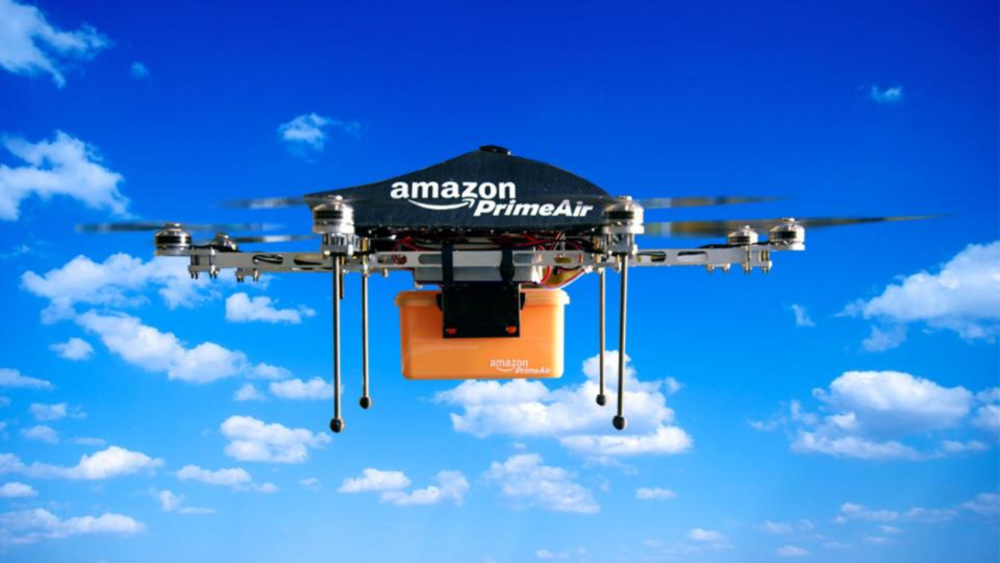Over the last decade, unmanned aerial vehicles (UAVs) have racked up a negative popular reputation for their militarized usage and association, but drones serve other purposes beyond warfare and neighborhood spying. And the marketing space is taking advantage of the full capabilities that commercial drone technology offers. From the creation of Drone-as-a-Service to Amazon’s adoption of drone delivery, UAVs create a new marketplace for B2C interaction.
Here are four ways drones are disrupting and innovating the field of marketing:
1. Drone Delivery
2017 saw the emergence of early-stage delivery tests — that is, tests so far have only been conducted within LOS (line of pilot sight). Tests in 2018 — following the shift in FAA drone delivery rules — will see expansion into long-range field-testing. NASA already has plans in place to publish recommendations around air traffic control systems for drones, accelerating the release of such systems, making it possible for limited commercial deliveries to begin in 2020. According to BI Intelligence, commercial drone deliveries will, by 2021, gradually expand to parts of the US, as air traffic control and autonomous flight systems mature, enabling more complex delivery operations. It is realistic to assume that by 2022, we will be able to order a package from Amazon and see it in our hands within 20 minutes.
College students worldwide should rejoice: The first customer drone delivery became a reality when a drone delivered a Domino’s pizza in New Zealand back in 2016. Take that, DiGiorno.
2. Drones as Advertisements
Back in the day — by which I mean, back in the day — if a company wanted to utilize the skies in advertising, they took out a mass-scale billboard on a blimp. Over the years, this kind of aerial advertising transitioned to airplane banners. Remember sitting on the beach and looking up at a flying sign that said, “BANANA BOAT RIDES AT PIER 70.” No? I do.
Well, now companies are using drones as a quick marketing tool. Depending on local laws (which are, admittedly, subject to change with new FAA regulations in 2018), drones can fly almost anywhere. Customers all over the city can be reached directly, offering businesses the opportunity to engage with the public in greater distances.
3. Drones as a Creative Marketing Tool
Simply put, drone technology offers creative and innovative solutions to reaching customers in a new and surprising way. When used for film or video, drone technology allows for the inclusion of new perspectives and angles that capture audience attention, and at a much lower cost. Take, for example, auto commercials: those aerial shots of a BMW zipping through the desert? A decade ago, those shots were filmed on a helicopter, skyrocketing production costs. Now, those shots can be completed with a drone for a fraction of coin.
4. Data Collection
As the Internet of Things expands, drone technology offers analysts the opportunity to capture and utilize data in revolutionary ways. Drones possess the capacity to collect data across an arena of analysis, from mapping and geospatial data to, as mentioned above, package delivery information. When it comes to business analytics, this method of data collection not only provides a larger scale of analysis, it also demands an increased mode of efficiency, pulling data in more quickly and concisely — and with less error — which, at the end of the day, is what any company strives for.








